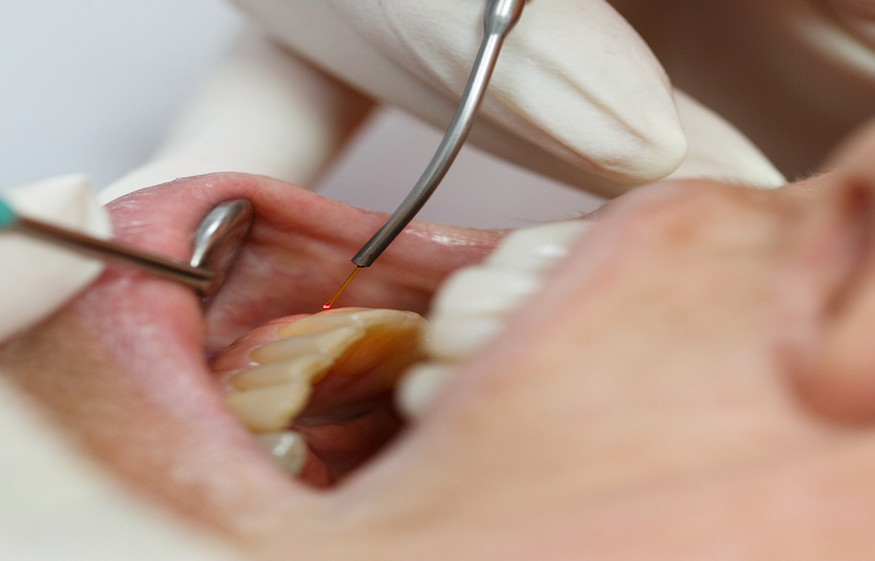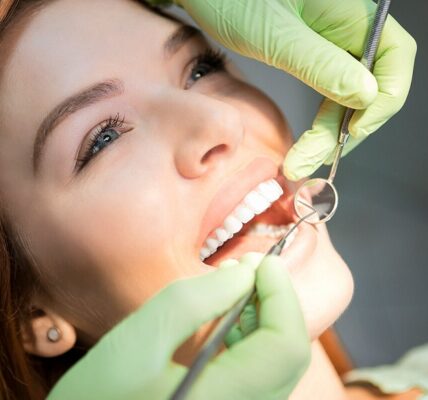Nanoparticles are fine particles about the size of a billionth of a meter or even less than that. In detergents, nanoparticles are applied to increase the cleaning power, the line of anti-stains materials, and mouthwash. These particles are able to get into narrow spaces between the tooth and gum surfaces, and therefore provide a better clean than non-solids. As suggested by Montclair, NJ dentist professionals, nanoparticles included in toothpaste may greatly improve daily oral cleaning procedures.
In What Way Do Nanoparticles Improve The Efficiency Of Toothpaste?
Nanoparticles can cause a higher efficiency of toothpaste by affecting the removal of plaque, stains, and bacteria. For instance, autosomal hydroxyapatite nanoparticles are similar to the tooth enamel and repair the microfracture and hence strengthen it. Likewise, titanium dioxide particles add a whitening component otothe product due to its ability to reflect light off the surface of the tooth. Therefore, boasts advances guarantee oral hygiene could be more promptly and successfully addressed by toothpaste.
Is There Any Harm in Using Nanoparticles on a Daily Basis?
Research on the safety of nanoparticles in the oral cavity, particularly in toothpaste, is a major concern in science today. Such governments make sure that only those substances, that have been found safe for long-term use, are put in consumers’ goods. This research shows that if well formulated, nanoparticles are safe for users and have the benefit of the doubt. Due to their abilities in single target oral health problems, they can be a part of the daily oral hygiene regimen.
How Seeking Treatment For Common Dental Problems At The Dentist’s Office Can Be Beneficial?
Nanoparticles are used as new approaches to managing problems like enamel dissolution, sensitivity, and caries protection. Nanoparticle acquisition promotes the creation of a shield over teeth thus minimizing the effects of acidic foods and drinks. They also act as barriers to exposed dentinal tubules and therefore reduce sensitivity. Furthermore, the nanoparticles with antibacterial qualities help to limit the concentration of damaging bacteria in the oral area and prevent gingivitis and tooth cavities.
Where is nanoparticle toothpaste headed to?
The use of nanoparticles in toothpaste is a new and significant development for oral hygiene. Scientists have also been studying other possibilities, including nanoparticles which can either transport drugs to the gum or counter the compounds that cause bad breath. These formulations could eventually be made even more specific to specific oral health requirements as technology advances resulting in further evolution of dental care.
How do Nanoparticles help to have a Long Lasting Oral Health?
Nanoparticles not only act as prompt danger and mend but also play a role in maintaining the right oral health of a person. Their capacity to present an enduring capillary barrier also offers provisos over and above plaque formation and eradication mutations of recurring oral concerns. Some of its derivatives contain nanoparticles with sustained release characteristics of active components that remain active after brushing. Thislong-termm action helps maintain good oral hygiene practices and reduces the recurrent visits to dental practitioners and hence healthier and confident smiles in the long run.
Conclusion
Toothpaste containing nanoparticles is an excellent demonstration of how this technology could enhance the future of oral care. As products that improve on cleaning and fortifying the enamel of the teeth together with products that solve certain Oral health complications, they offer a contemporary model of practicing good oral hygiene. Continued research and development of this technology could literally recast oral hygiene as something more efficient, and more scientific than it already is.









